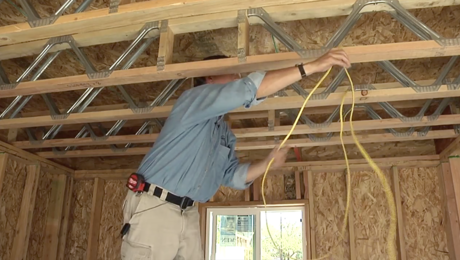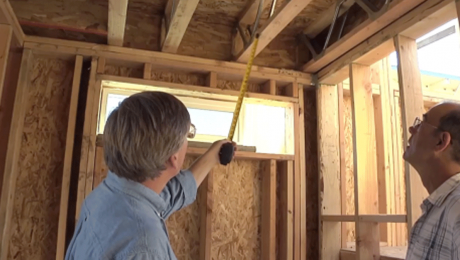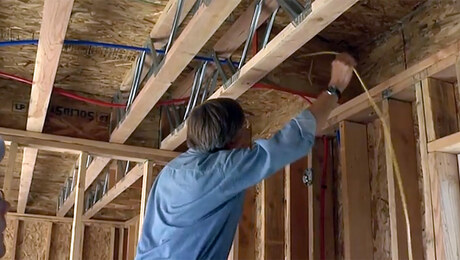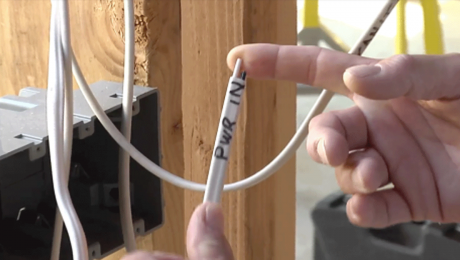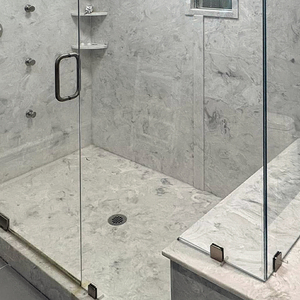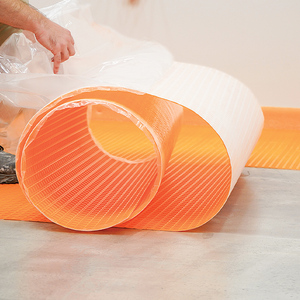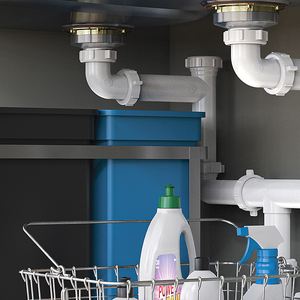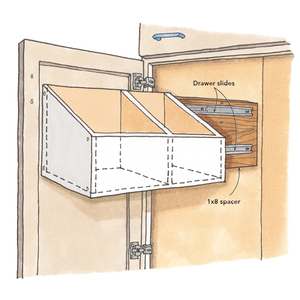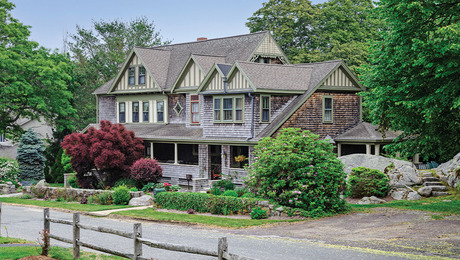Video Series: How to Wire a Bathroom
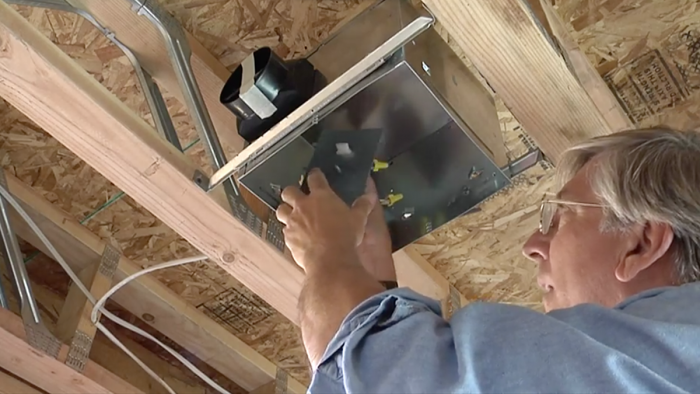
Senior editor Chuck Bickford and videographer John Ross travel to Sacramento to visit with electrical contractor, Cliff Popejoy, to learn the ins and outs of rough wiring. This may sound like an intimidating task, but it’s fairly straightforward, and homeowners and builders are permitted to do it themselves in most areas. Check with your local building department before taking on the responsibility, just in case. Cliff recommends that you leave the main service panel to professional electricians, but, with care and the right instructions, any handy person should be able to wire a basic home electrical circuit.
This video series focuses on the rough wiring of the bathroom, but the basic tenets Cliff shows can be applied to any other room in your home (always make sure you check your local building code first). The bathroom is fairly dense with electrical needs, but not overly complicated, making it the perfect place for you to learn the basics. Cliff uses his experience to talk about the difference between what the code requires, and what you’ll require. For example, the code says you only need one 20-amp circuit, but Cliff believes even a handheld drier could overload that circuit and recommends having a 20-amp circuit for each duplex outlet. After reviewing different types of electrical boxes to help the viewer feel less overwhelmed in the electrical aisle, Cliff gives his tips on how to install each fixture, how to properly staple and support your wires, and how to prepare the electrical boxes.
Any opportunity you have to do something yourself instead of hiring a professional is money saved. If you’re worried this is too much to take on, or that you’ll make a possibly dangerous mistake without knowing, just schedule an electrical rough-in inspection to catch any errors you’ve made. As long as you follow our advice, your inspector shouldn’t have much to frown at.
